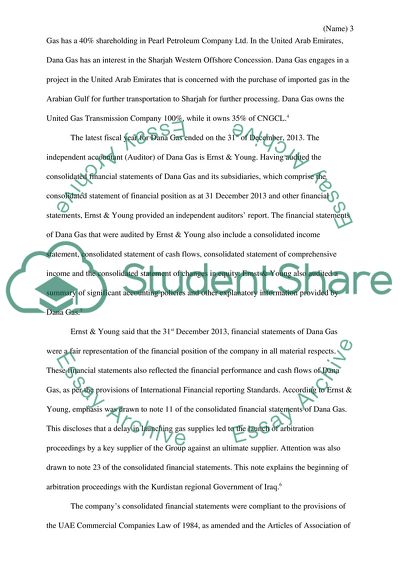Cite this document
(Annual Report Project DANA GAS Essay Example | Topics and Well Written Essays - 3000 words, n.d.)
Annual Report Project DANA GAS Essay Example | Topics and Well Written Essays - 3000 words. https://studentshare.org/finance-accounting/1825804-annual-report-project-dana-gas
Annual Report Project DANA GAS Essay Example | Topics and Well Written Essays - 3000 words. https://studentshare.org/finance-accounting/1825804-annual-report-project-dana-gas
(Annual Report Project DANA GAS Essay Example | Topics and Well Written Essays - 3000 Words)
Annual Report Project DANA GAS Essay Example | Topics and Well Written Essays - 3000 Words. https://studentshare.org/finance-accounting/1825804-annual-report-project-dana-gas.
Annual Report Project DANA GAS Essay Example | Topics and Well Written Essays - 3000 Words. https://studentshare.org/finance-accounting/1825804-annual-report-project-dana-gas.
“Annual Report Project DANA GAS Essay Example | Topics and Well Written Essays - 3000 Words”. https://studentshare.org/finance-accounting/1825804-annual-report-project-dana-gas.


